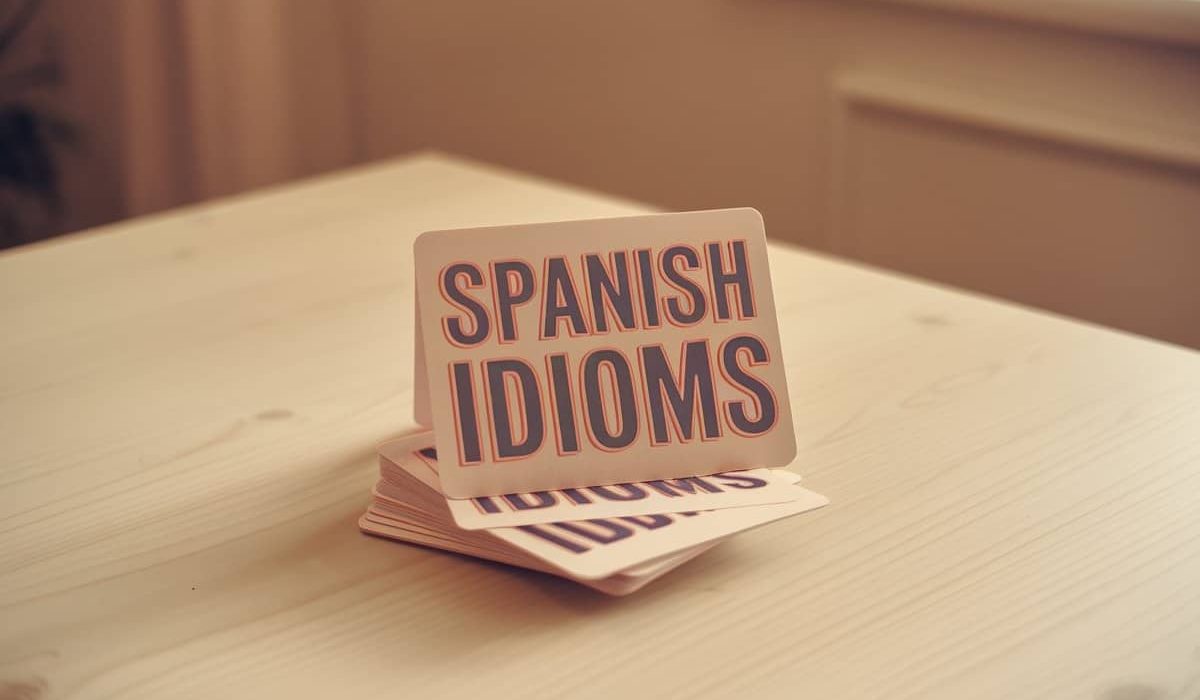Idioms breathe life into language, but when Spanish expressions are literally translated into English, their meaning often collapses. A phrase that sounds witty or heartfelt in Spanish may seem odd, confusing, or even nonsensical in English. Skilled translators therefore act as cultural interpreters—preserving intent and emotional tone while adapting the expression for clarity and resonance.
Below are eight Spanish idioms that don’t survive literal translation, and how localization experts keep their spirit alive in English.
- “Másvaletarde que nunca” — “Better late than never”
This is one of the few idioms that translates cleanly into English. Both languages use it to express that it’s preferable to do something late than not at all. However, Spanish often uses it more lightheartedly or with affectionate teasing, while English can sound neutral or resigned. Translators might adjust tone through context—for example, using “At least it’s done!” when the mood is playful.
- “Notenerpelos en la lengua” — “Not having hairs on one’s tongue”
Literally, it makes little sense in English. The idiom means someone speaks bluntly or doesn’t sugarcoat their words. English equivalents like “to call it as you see it” or “to speak one’s mind” capture the intent while avoiding confusion. The translator’s task is to judge tone—whether the speaker is admired for honesty or criticized for tactlessness.
- “Estarenlas nubes” — “To be in the clouds”
While a literal translation exists in English—“to have your head in the clouds”—the connotation can differ slightly. In Spanish, it’s often affectionate or teasing, referring to someone absent-minded or daydreaming. In English, it may imply naivety or lack of focus. Context decides whether translators go with “daydreaming,” “spaced out,” or “lost in thought.”
- “Tirarla casapor la ventana” — “Throw the house out the window”
This colorful phrase describes spending lavishly or celebrating without restraint—for example, throwing an extravagant party or making a major purchase. A literal translation sounds absurd, so translators use idioms like “to spare no expense” or “to pull out all the stops.” Both capture the same celebratory extravagance.
- “Ser pan comido” — “To be eaten bread”
The idiom means something is very easy, much like the English “piece of cake” or “easy as pie.” Both languages use food to symbolize effortlessness. However, Spanish’s tone is slightly more informal and cheerful, so translators adjust depending on register—“That’s a breeze” or “That’s simple enough” may work in more neutral contexts.
- “No hay mal que por bien no venga” — “There’s no bad from which good doesn’t come”
This proverb captures optimism: even bad situations bring some good. English equivalents include “Every cloud has a silver lining” or “Everything happens for a reason.” Spanish speakers often use it to console someone, so translators must preserve warmth and hopefulness rather than sounding philosophical or distant.
- “Meter la pata” — “To put the paw in”
Literally “to put one’s foot (or paw) in it,” this idiom means to make a mistake or commit a social blunder. The English “to put your foot in your mouth” is the closest equivalent. Translators often rely on tone—whether the error is humorous or serious—to decide between “messing up,” “screwing up,” or “making a faux pas.”
- “Buscarle tres pies al gato” — “To look for three feet on a cat”
The original form—“buscarle cinco pies al gato” (to look for five feet on a cat)—warns against overcomplicating things or looking for problems that don’t exist. The English idiom “to split hairs” or “to make a mountain out of a molehill” works best. Translators use these depending on whether the focus is on unnecessary complexity or exaggerated problems.
Conclusion
The beauty of Spanish idioms lies in their creativity and emotion, but they require thoughtful adaptation to resonate in English. Literal translations risk losing humor, rhythm, or heart. Skilled translators instead look for cultural equivalence—expressions that make English readers feel the same way, even if the words themselves change entirely.
FAQs
Q: What makes Spanish idioms difficult to translate?
A: They’re deeply tied to cultural imagery—often using food, animals, or nature in ways that don’t exist in English idioms.
Q: Should idioms ever be translated literally?
A: Rarely. Literal translations often sound nonsensical; adaptation ensures clarity and emotion.
Q: How do translators choose equivalent idioms?
A: They look for phrases in English that express the same function and feeling, not the same words.
Q: Do idioms vary across Spanish-speaking countries?
A: Yes. For example, some idioms common in Spain may be unknown in Mexico or Argentina. Regional expertise is key.
Q: What’s a great example of idiom adaptation done right?
A: “Ser pan comido” → “Piece of cake.” Both evoke simplicity with charm and familiarity.
The beauty of Spanish idioms lies in their creativity and emotion, but they require thoughtful adaptation to resonate in English. Literal translations risk losing humor, rhythm, or heart. Skilled translators instead look for cultural equivalence—expressions that make English readers feel the same way, even if the words themselves change entirely.
FAQs
Q: What makes Spanish idioms difficult to translate?
A: They’re deeply tied to cultural imagery—often using food, animals, or nature in ways that don’t exist in English idioms.
Q: Should idioms ever be translated literally?
A: Rarely. Literal translations often sound nonsensical; adaptation ensures clarity and emotion.
Q: How do translators choose equivalent idioms?
A: They look for phrases in English that express the same function and feeling, not the same words.
Q: Do idioms vary across Spanish-speaking countries?
A: Yes. For example, some idioms common in Spain may be unknown in Mexico or Argentina. Regional expertise is key.
Q: What’s a great example of idiom adaptation done right?
A: “Ser pan comido” → “Piece of cake.” Both evoke simplicity with charm and familiarity.


